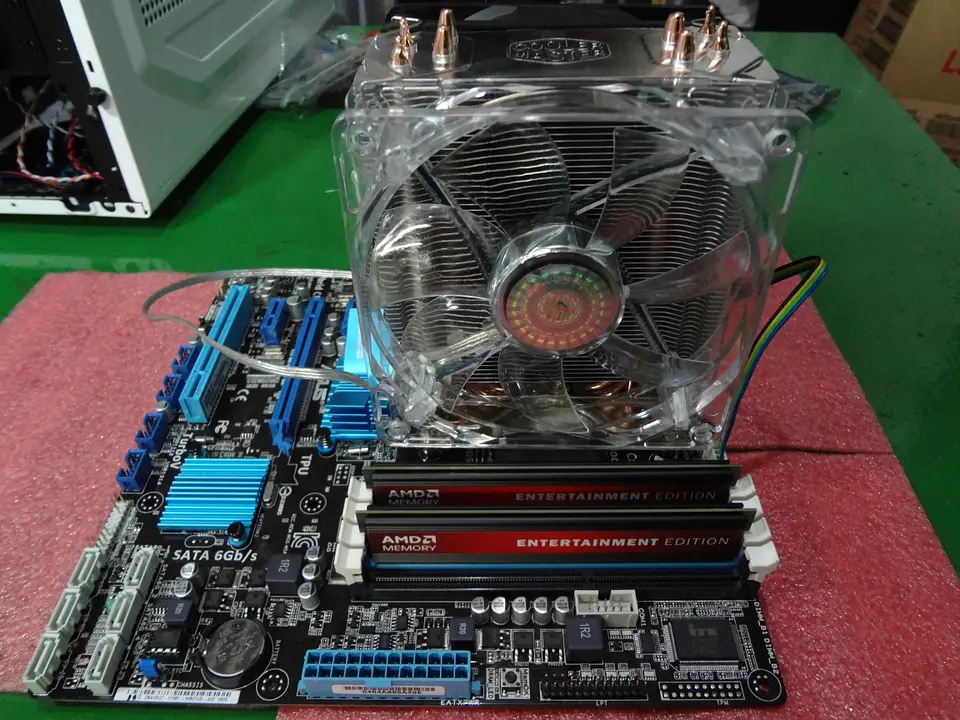Spring is in the air, and that means new beginnings. The sun is showing its face more, flowers are blooming, and people are starting to move from their homes into the great outdoors more and more. You can freshen up your life in the spirit of the season by doing some spring cleaning.

(Pixabay / sertecman2009)
When it comes to spring cleaning, we often think of de-cluttering our living spaces and pulling out the dust mop and vacuum, but it’s also important to clean up our possessions. The printed circuit boards that fuel our electronics can accumulate dust, dirt, and grime. Over time, this buildup can cause our electronics to wear out earlier than expected.
Our team at EMS Solutions recommends that you clean your PCBs regularly to lengthen the life of electronics and save money that would otherwise be spent on costly replacements. We specialize in PCB assembly and know that there’s a right and wrong way to clean your PCBs. Before you embark on your PCB spring cleaning venture, here are a few options for doing the job right:
Brush and isopropyl alcohol (IPA). This is the most common method for cleaning PCBs, and the supplies are easy to come by. Try using a small, soft brush to do the job. Many people use a toothbrush, but the bristles can be stiff and can compromise leads and surface mount devices. Another option is a horsehair paint brush. Use care when dealing with tenuous components.
One drawback of this method is that you probably won’t be able to access all of the little nooks and crannies. A Q-tip may be helpful in extending your reach. If you use alcohol to clean your components, it is best to work in a well-vented environment and under a fume hood if possible.
Demineralized water. In most cases, isopropyl alcohol works just fine, but demineralized water can be used as an alternative. There are also specialized cleaners that you can use if you’re worried about the alcohol eating away at the plastics.
Vacuum or compressed air. Both of these can remove dust and dirt from PCBs. Vacuums won’t be able to reach everywhere, and they may not be able to remove debris that is stuck to melted wax or other grime. Compressed air may damage connections, so exercise caution.
Ultrasonic cleaning machines. These machines use high frequencies to cause billions of tiny bubbles to implode in a cleaning solution. The imploding bubbles wear away the build-up that has accumulated on PCBs. These machines can be very effective, but they can also damage components or cause connections to become loose. They’re also far more expensive than a simple brush.
Once you clean a few PCBs, you can get comfortable with the process and develop a system that works well for you. The process takes time and effort, but it will pay dividends in keeping your electronic devices in good condition.
